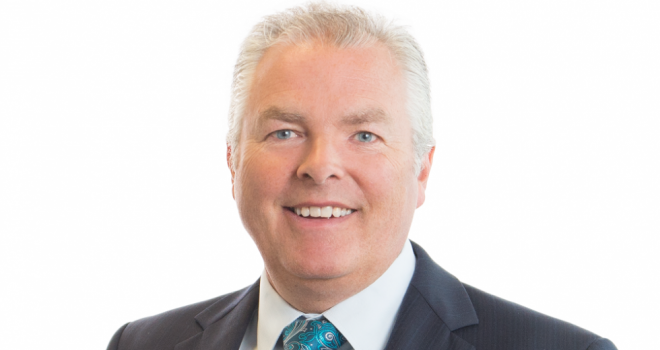
"Education is game and websites and social media are key areas where brokers increase their knowledge, their client banks, and expand their businesses."
FR: Your current job title is sales manager south – what does your day-to-day role involve and what do you think will be the key issues affecting intermediaries in 2018?
In my day-to-day role as sales manager for the South of England, I deal with mortgage intermediaries and the specialist cases they may have difficulty placing with high street lenders. Currently we are expanding our coverage in the South and soon I will be looking after three new key account managers who will see brokers in Central London, the South East and the South West. I will still look after my brokers in the Eastern area which I have covered for the last six years. I deal with all aspects of criteria that need clarification, manage the business that comes into Vida and make sure the process is as smooth as it can be for intermediaries and their clients.
With recent changes in our criteria and our entry into the second charge market, the new business that comes in is becoming more diverse and the need to clarify any criteria is constantly relevant. The level of enquiries I currently handle along with our TBDMs is extraordinary considering we have only been in the market for 18 months but you never know what the day may bring, and so priorities can change day-by-day!
FR: What are Vida’s main aims or focuses in 2018?
Recent data from UK Finance shows that intermediaries have had an increasing amount of market share since 2012, and looking at the trends this number is set to continue to rise. This is will be something we will monitor closely over the course of the year as we are totally committed to the intermediary distribution channel, given our specialist products. We will also be expanding our distribution to cover 100% of the market by 2019. The main product areas are focused on buy-to-let remortgage and Residential purchase for applicants who are currently underserved by lenders.
Our marketplace is becoming more competitive by the day, with more entrants coming into the specialist lending market, so we will continue to use our understanding of the market and excellent product, sales and marketing teams to ensure that we stay competitive and relevant. Vida now has scale since launch we have achieved £3 billion in DIPs and £1.5bn in applications. However we still only deal with 50% of mortgage brokers so there are many more to sign up. We are on course to double those figures in the next year and we have a number of new products and criteria changes in the pipeline, so watch this space!
FR: How has the specialist lending market changed over the past five years and how will it continue to evolve?
I returned to the specialist intermediary market in 2013 and since then I have seen a significant change in the number of specialist lenders coming to market evolving their proposition and products. Lenders who launched even a few years ago in this space have changed their products and seen where they can help in specific markets which brokers have been able to use and grow their own customer base. We have seen bridging lenders move into first charges and second charge lenders get into bridging. There is a raft of new lenders like Vida exploring the new lending areas which the mainstream market has either given up or not interested in given the cost of entry or distraction to their operating models.
The specialist lending market is the quickest part of the market to keep up with societal trends, and we will continue to see a diversification of products and services and I think a few more entrants to the market. Market conditions are still positive for specialist lenders like Vida, and larger lenders are locked out of smaller segments of underserved customers by cost inefficiencies as said.
FR: What more can be done to ensure that people continue to have access to the mortgage market?
Intermediaries are key to how clients obtain funding and I have seen most intermediaries expand their businesses over the last few years. This is due to customer demand and the changing nature of lending requirements which means most brokers have experts in the specialist areas that clients can be referred to. Education is game and websites and social media are key areas where brokers increase their knowledge, their client banks, and expand their businesses. I have also seen a growth in brokers prepared to deal with the credit impaired market by specifically looking for this business, so brokers can now help clients in most situations.
FR: If you could see one headline about the mortgage market in 2018, what would it be?
'Mortgage intermediaries now responsible for 75% of all mortgage business in the UK'!





